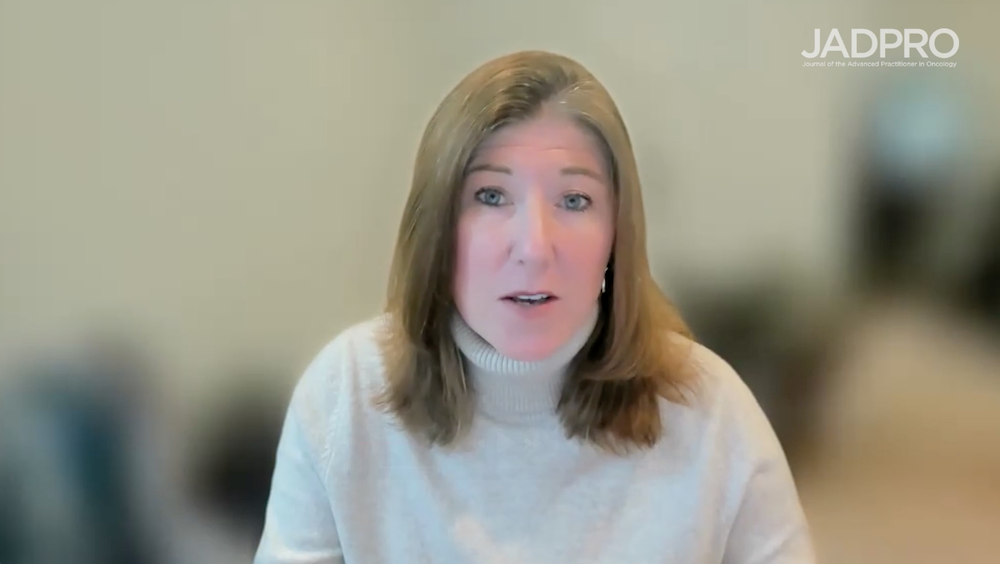Transcript
This is the second abstract about silent cerebral infarctions following the treatment of thrombotic thrombocytopenic purpura. Thrombotic thrombocytopenic purpura or TTP is an autoimmune or congenital decrease in your ADAMTS13 protein. In the absence of ADAMTS13, for whatever reason, you develop episodic platelet clumping and an associated uh occlusion of the microvasculature and the thrombotic microangiopathy. Traditionally, prior to therapies, this disorder had a 90% mortality. Now with our improving therapies, including plasma exchange, immunosuppression, caplacizumab, and even recombinant ADAMTS13 for congenital TTP, that mortality has dropped to about 10%. Partial remission is common and is widely accepted as an appropriate target, often with a very low 5–10% ADAMTS13 activity.
But when there are no symptoms and there are no recurrent episodes of TTP, recent studies, including the Neurologic Sequelae of TTP study (the NEST study), show silent infarctions in TTP patients during their therapy, and a Dutch study shows increased risk of stroke in the normal population who have the lower quartile of ADAMTS13, which again is about 50% of normal levels. This has raised the question of what is the appropriate target for response to therapy in TTP.
This study looked at acquired TTP patients during their annual evaluations after their initial therapy. They were evaluated with the NIH stroke scale and also with an MRI where they used the age-related white matter change scale to assess possible progression of lesions. Silent cerebral infarction is a punctate 3-millimeter T2 lesion without associated stroke deficits.
Forty patients made it to their first annual visit. Twenty-six made it to their second annual visit. Median age of about 48. Forty percent with hypertension, 20% with diabetes. Twenty percent had a stroke during their initial TTP flare. And there were no relapses of TTP during this post-study period. NIH stroke scale was zero for all at the beginning of the study and at the end of the study. Silent cerebral infarction lesions were seen in 77%. Forty percent of patients developed new lesions after their therapy during their follow-up despite not having any episodes of TTP documented. The median ARWMC score increased by two. Stroke was seen in about 0% of those without any silent cerebral infarction lesions. Twenty percent of patients who had a silent cerebral infarction at baseline had a stroke, and 30% who saw not only a silent cerebral infarction (I'm going to call that an SCI lesion) at baseline but then had progression—30% of those patients went on to have a stroke.
So, in sum, this is still a very small study, but it's quite consistent with other data that's beginning to come in from all over right now. It suggests that silent cerebral infarction may be a good endpoint for future studies of new therapies. It suggests that progressive silent cerebral infarctions and stroke in remission may require new criteria for what remission really is—perhaps a higher ADAMTS13 target than we're currently targeting. And finally, it suggests following silent cerebral infarctions clinically as a way to identify patients at high risk of stroke so that there can be interventions both in their TTP and in their other lifestyle-associated risk factors.











